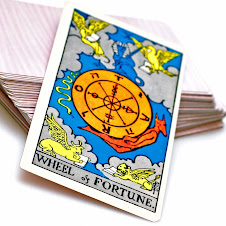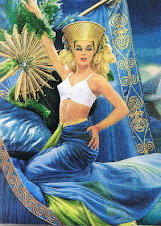 BAEKELAND, Leo Hendrik
BAEKELAND, Leo Hendrik"The Father of Plastics"
BAKELITE-polyoxybenzylmethylenglycolanhydride,WOW HOLY COW I didn't know that!!! One of our FIRST plastics.
It will not burn. It will not melt.
... was written on the front page of the Time-Magazine in September 1924.
 BAKELITE PHONE!!
BAKELITE PHONE!!
WHAT IS BAKELITE
Bakelite is a castable, fire resistant plastic that was invented by Leo Baekeland in 1909. It was originally used for industrial purposes, until jewelry makers found that its light weight made Bakelite perfect for manufacturing inexpensive bracelets, rings, pins, and other items. It can be carved into different shapes and colors can be mixed to create interesting color combination's.
Dr. Baekeland had originally set out to find a replacement for shellac (made from the excretion of lac beetles).

MAJOUNG TILES MADE FROM BAKELITE
A set of Mahjong tiles will usually differ from place to place. It usually has at least 136 tiles, most commonly 144.JEWELERY artists love to make bracelets and necklaces from these antique game pieces. I love them. OOAK (one of a kind) and very fashionable.
are tiles of Chinese origin that are used to play many games, most notably Mahjong and Mahjong solitaire

BAKELITE IS NO LONGER MADE
LOOK OUT FOR what Bakelite is not, these two buttons were sold as Bakelite however they are not, I have tested them and they do not test positive. However they are a great example of wonderful celluloid.
how to test if it is Bakelite or not
Ever wonder how to test if Bakelite is real or not?
Method #1: Some Bakelite collectors recommend the 409 Test. Here's how to do it:
1. Dip a cotton swab in 409 household cleaner and touch a small area of the piece, such as a back that won't be visible when worn.
2. If the piece is vintage Bakelite, the accumulated patina will show up as a yellow stain on the cotton swab.
3. Rinse the cleaner off the tested spot right away.
Method #2: Some collectors recommend you place the jewelry in hot water, then remove and sniff. Warmed Bakelite smells like camphor.
you can also use SIMICHROME POLISH,

(which is what I prefer to use)
A reputable antique dealer told me this trick and it is full proof. It is full proof , the knives leave a yellow color on the paper towel while these buttons do not.
BAKELITE COLORS
Many wonderful and earthy colors from red, greens, butterscotch, and brown. The bangles and other Bakelite jewelery does not go cheap. Learn to recognize it, and maybe at some yard sale or estate sale you may be able to pick it up for a song. On line and in Boutiques it sells for its value. It has kept its collectiblity and value over the years.
I love all vintage plastic. Remember it comes ultimately from oil. It is like a resin, to me it allways reminded me of amber another favorite of mine.

LEARN MORE ABOUT BAKELITE AT THE BAKLITE museum
references: jewelry.about.com, http://en.wikipedia.org/wiki/Bakelite













